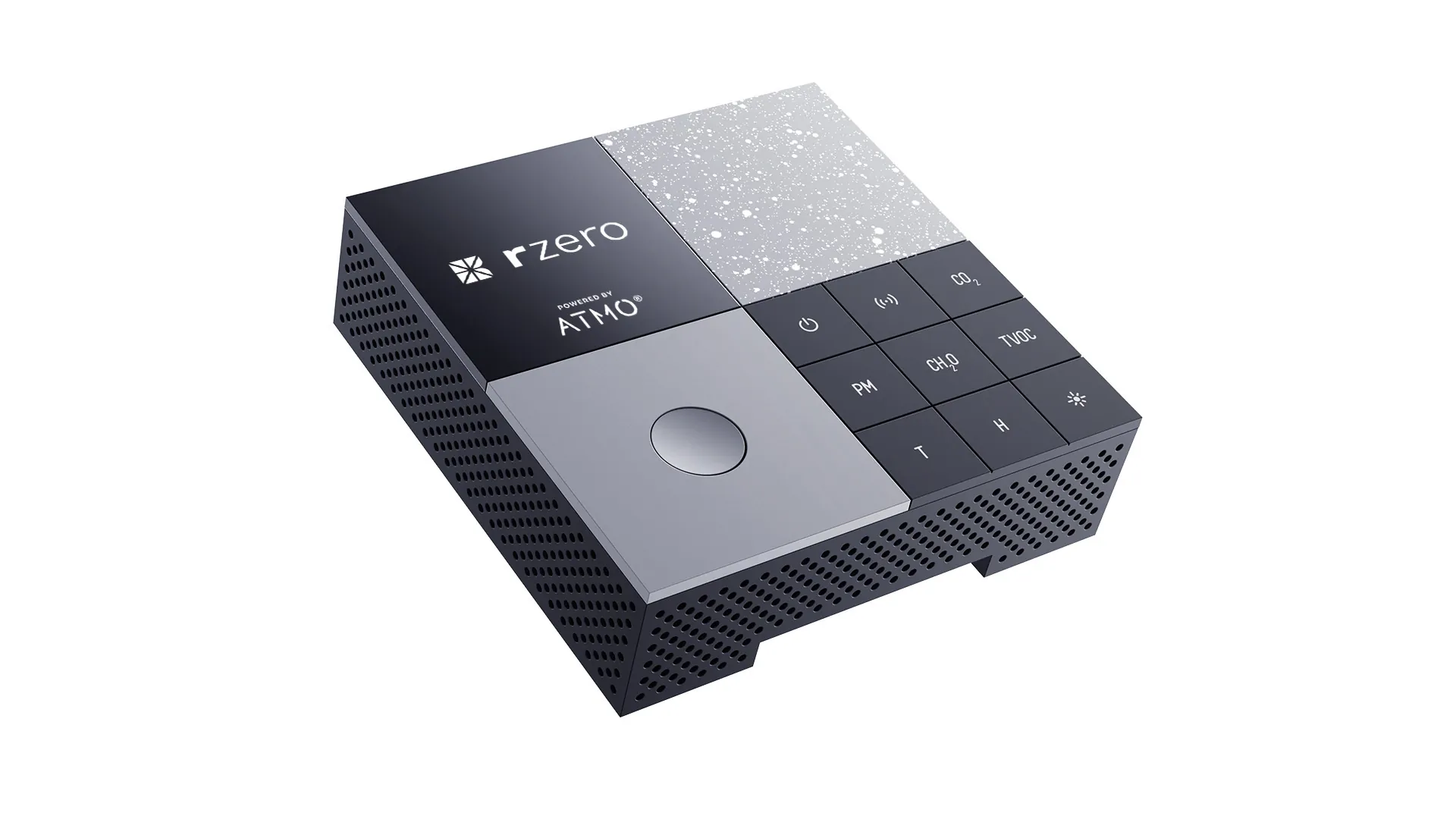
Improving Texas Schools with TEA Funds
Furthering hands-on developmental learning – with indoor safety.
Safer indoor, in-person learning with TEA Funds
As the world began to return to in-person activities, and organizations started leading their teams back to in-office environments, schools worldwide knew that returning in-person was necessary for hands-on collaboration and more engaging educational experiences. But how were educational facility leaders going to protect their students, faculty and staff by creating a healthy indoor environment while maintaining yearly budgets?
This is where the federal government stepped in. The Department of State Health Services (DSHS) received an $800 million grant from the federal government to support school-based COVID-19 screening testing activities intended to support open, in-person K-12 instruction. Even better for Texas schools, DSHS partnered with the Texas Education Agency (TEA) to provide these resources to Texas K-12 school systems to support items or activities aimed at implementation of reduction of viruses, bacteria, and other microorganism strategies necessary to create a cleaner environment.
What can I use these funds for, exactly?
The purpose of this grant is to provide students from kindergarten through grade 12 with safe, in-person learning experiences in schools. The grant opportunity allows school facilities to establish screening testing programs and additional support activities that help mitigate the spread of the virus. Available to both public and private schools, over $200 million of the DSHS federal funding is allocated to eligible school systems and can be applied towards numerous allowable expenses, including additional services or products in testing, ventilation, and vaccination access. So what exactly can the funds be used towards?
Allowable activities under this grant program are limited to:
- PPE (including, but not limited to, masks, gloves, gowns, and face shields)
- Hygiene and cleaning supplies
- Portable high-efficiency particulate air (HEPA) fan/filtration systems or other small items that may allow for improved air circulation
- Public health events that include students and other community members and are aimed at providing opportunities for increased detection and prevention of COVID-19
- Vaccine promotion events and communications
- COVID-19 testing-test kits, turn-key testing services, and related support services
- Costs to obtain a Clinical Laboratory Improvement Amendments (CLIA) Certificate of Waiver
- Partial funding for staff who will be conducting grant-related duties for screening testing or COVID prevention programs that are outside of the staff’s regular duties; and
- Other allowable uses pre-approved by TEA grant program office
Utilizing your grant funds to meet the above intent of the program will enable students, faculty and staff to return to their campus with more confidence than before. And, with the ability to combine the TEA funding dollars with additional funding from other sources such as ESSER, school districts can confidently protect their campus without the stress of budget concerns. Parents will be able to rest assured knowing that participating schools are taking every precaution necessary to keep their children safe.
“R-Zero’s Arc enhances our existing disinfection processes… we purchased three Arcs per high school, two per middle school, one per elementary school, and one per administrative building so we could disinfect each room, every day.” – Dr. Christie Whitbeck, Fort Bend Superintendent
TEA Funds + R-Zero = The Perfect Partnership
Dozens of school districts nationwide leverage R-Zero UVC disinfection to power confident classrooms. With the TEA funding allowable activities, Texas schools can use their grant dollars towards bullet number 3, portable high-efficiency particulate air (HEPA) fan/filtration systems or other small items that may allow for improved air circulation. The R-Zero Arc is our cutting-edge mobile UV-C system that neutralizes specific air microbes in as little as 7 minutes with a disinfection radius of 1,000 sq. ft. – perfect for classrooms, cafeterias or other rooms in your campus. By applying for the TEA funds by the December 5, 2022 deadline, your school district will be able to utilize those funding dollars before March 2023, ensuring a safe start to the new year.
Whether you are looking to begin a pilot or plan for a district rollout, R-Zero Arc helps drive student confidence, ratings and teacher satisfaction. There is no better time than now to take advantage of the grant dollars allowable for your district and to pave the way for a cleaner facility for your students, employees and teachers.
To learn more about TEA funds and R-Zero, visit us here: https://rzero.com/tea-funds/
More posts you might like
-

Understanding LL97 and Its Impact on NYC Commercial Real Estate
New York City’s Local Law 97 (LL97) represents one of the most ambitious steps toward achieving the city’s sustainability goals. Enacted as part of the Climate Mobilization Act, LL97 imposes strict carbon emission caps on buildings over 25,000 square feet. This law targets the biggest source of city emissions—buildings, which make up about half of […]
-

What is the Right CO2 Level in Commercial Buildings for Productivity and Comfort
In the modern workplace, creating environments that boost productivity and enhance occupant comfort is crucial. One often overlooked factor in achieving this is the management of indoor carbon dioxide (CO2) levels. CO2 serves as a key indicator of ventilation quality in buildings, which directly impacts occupant performance and overall indoor comfort. Why CO2 Levels Matter […]
-

Improve Building Performance & Comfort with Indoor Air Quality Monitoring
Did you hear the news? R-Zero launched a RESET-certified indoor air quality (IAQ) monitor and connected dashboard to visualize and act on indoor air and environmental quality data on demand. Designed for use in office buildings, schools, and healthcare facilities, our comprehensive IAQ and IEQ monitor boosts occupant comfort and operational performance, including HVAC fault […]

